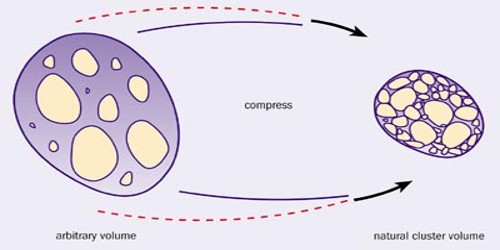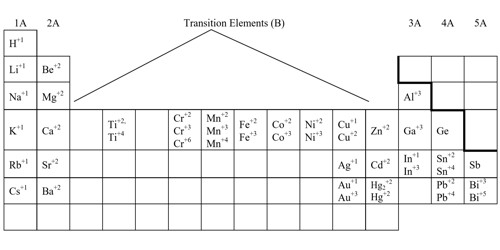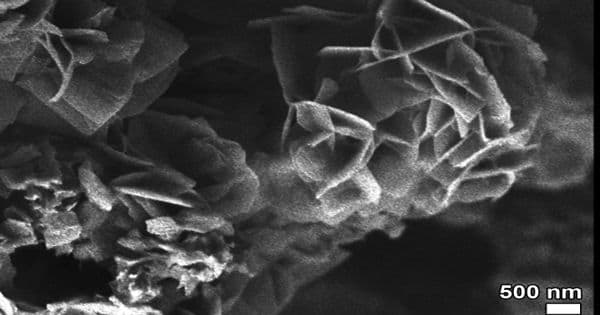The Hagedorn temperature is the temperature in theoretical physics where hadronic matter (i.e. ordinary matter) is no longer stable, and must either “evaporate” or convert into quark matter; as such, it can be thought of as the “boiling point” of hadronic matter. It is the temperature at which hadronic matter (i.e. ordinary matter) is no longer stable, and must either “evaporate” or convert into quark matter.
The Hagedorn temperature exists because the amount of energy available is high enough that matter particle (quark-antiquark) pairs can be spontaneously pulled from the vacuum. Thus, naively considered, a system at Hagedorn temperature can accommodate as much energy as one can put in, because the formed quarks provide new degrees of freedom, and thus the Hagedorn temperature would be an impassable absolute hot. However, if this phase is viewed as quarks instead, it becomes apparent that the matter has transformed into a quark matter, which can be further heated.
Hence an increase of energy of the system has three consequences: it leads to –
- a higher temperature,
- more constituents, and
- more energetic constituents.
It is about the same as the mass-energy of the lightest hadrons, the pion, at 130-140 MeV per particle or about 2 × 1012 K. This energy range can be routinely probed in particle accelerators such as CERN’s Large Hadron Collider. Matter at Hagedorn temperature or above will spew out fireballs of new particles, which can again produce new fireballs, and the ejected particles can then be detected by particle detectors. This quark matter has been detected in heavy-ion collisions at SPS and LHC in CERN (France and Switzerland) and at RHIC in Brookhaven National Laboratory (USA).
In string theory, a separate Hagedorn temperature can be defined for strings rather than hadrons. This temperature is extremely high (1030 K) and thus of mainly theoretical interest.
















